Grow Lettuce from Seed
When you grow your own, you can go way beyond the varieties available at the grocery store
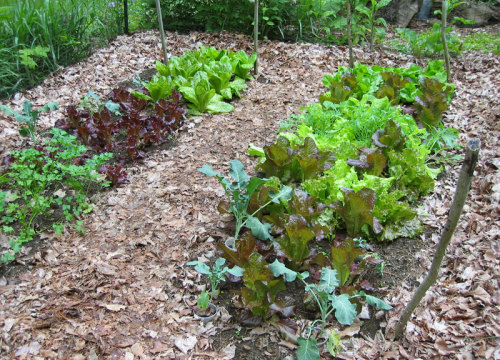
There are countless lettuces to choose from. And here’s good news: the “exotic” varieties are a lot easier to grow and much more nutritious and colorful than that old standby, iceberg.
I like to start my lettuce indoors, even though it’s not necessary. It gives me a head start on the season, it allows me to arrange them somewhat artfully in their beds, and maybe best of all, I can share them with friends and co-workers.
Sowing the seeds is the essence of simplicity. I Fill a container with potting soil, sprinkle some seeds on top, add a little more potting soil, water, and enclose it in a plastic bag to form a mini-greenhouse. In southwestern Connecticut, where I live, I plant the seeds by mid-March, and usually, they sprout in 7 to 10 days. When sprouts appear, I remove the plastic and put the containers under fluorescent lights.


When the seedlings have a set or two of true leaves, I transplant them into individual cups, which I’ve filled with garden soil. A week or two after that, weather permitting, I set them outside where they are sheltered from the wind so they can acclimate to real-world conditions.
Below you’ll see some of my favorite varieties. You can check out these, and many more, at Fedco Seeds and Seed Savers Exchange.
 |
 |
| Cracoviensis, a French heirloom, has been a reliable producer in my garden. | Forellenschluss, speckled romaine, is a colorful and popular Austrian heirloom. |
 |
 |
| For the deep red color, it’s hard to beat Merlot. | Bright green and yummy, Strela anchors the salade palette. |
 |
 |
| Buttercrunch lettuce is slow to bolt. | Oreilles du diable (devil’s ears) adds muted tones to the salad bowl. |
So get out those seed catalogs and make your selections.
Fine Gardening Recommended Products

10 Plant Growing Trays (No Drain Holes)
Fine Gardening receives a commission for items purchased through links on this site, including Amazon Associates and other affiliate advertising programs.
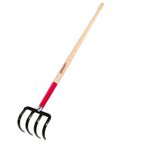
Razor-Back Potato/Refuse Hook
Fine Gardening receives a commission for items purchased through links on this site, including Amazon Associates and other affiliate advertising programs.
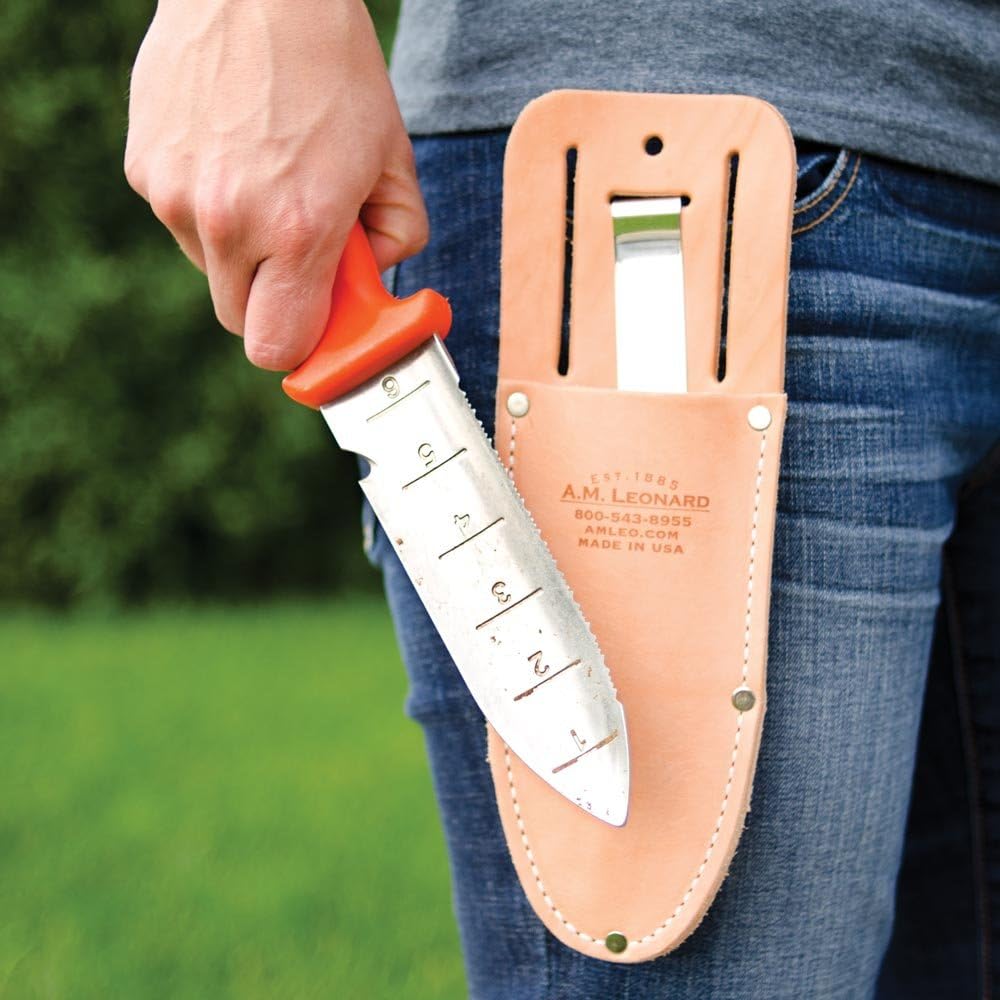
A.M. Leonard Deluxe Soil Knife & Leather Sheath Combo
Fine Gardening receives a commission for items purchased through links on this site, including Amazon Associates and other affiliate advertising programs.

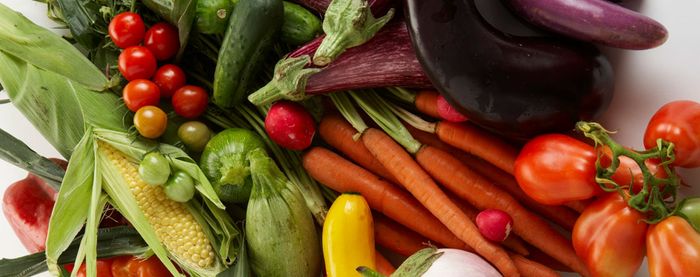



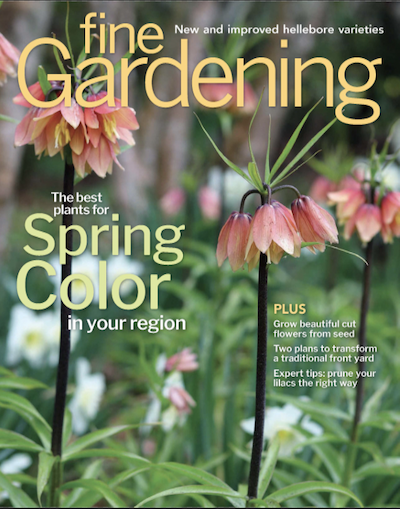


Comments
Log in or create an account to post a comment.
Sign up Log in